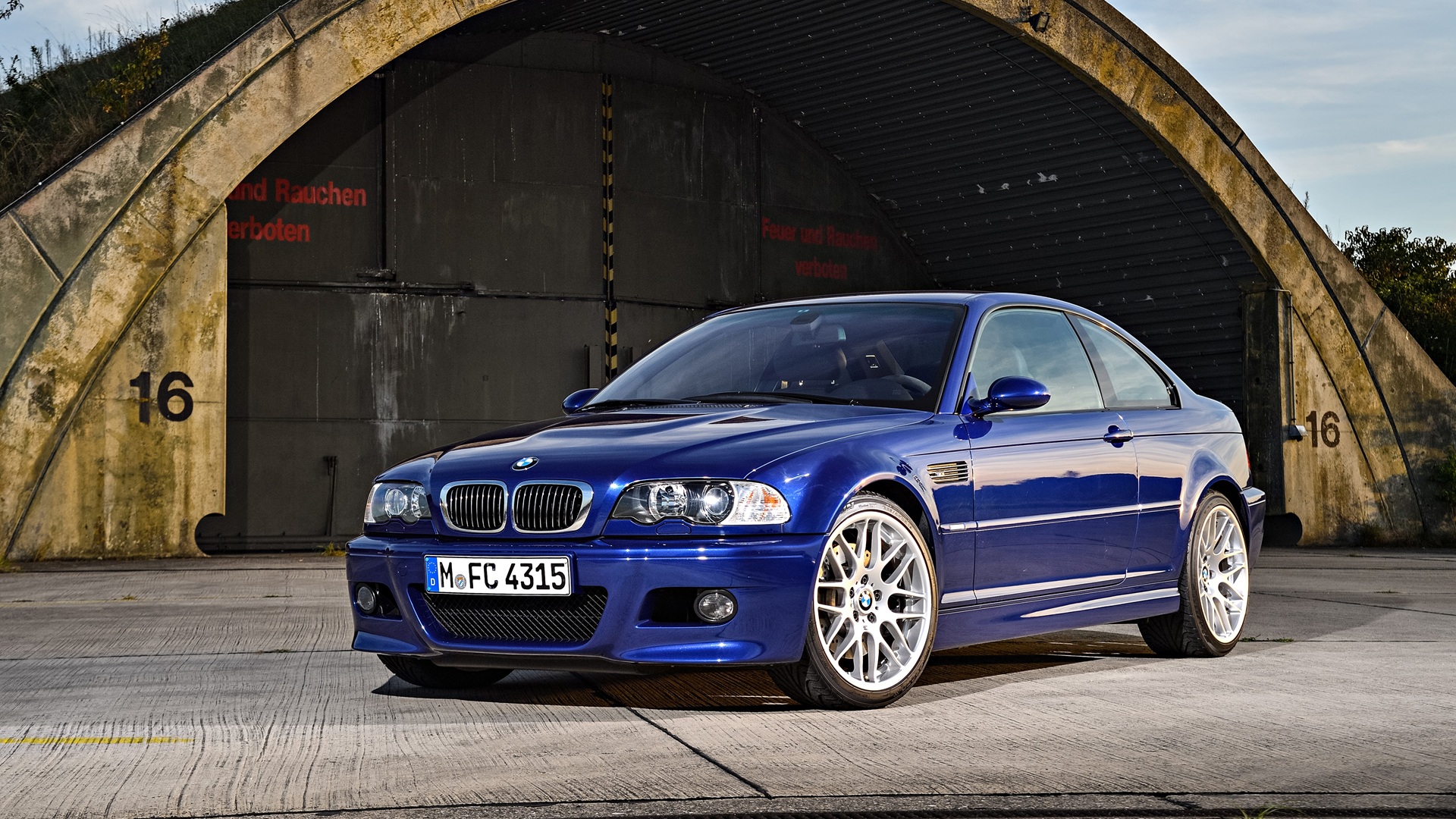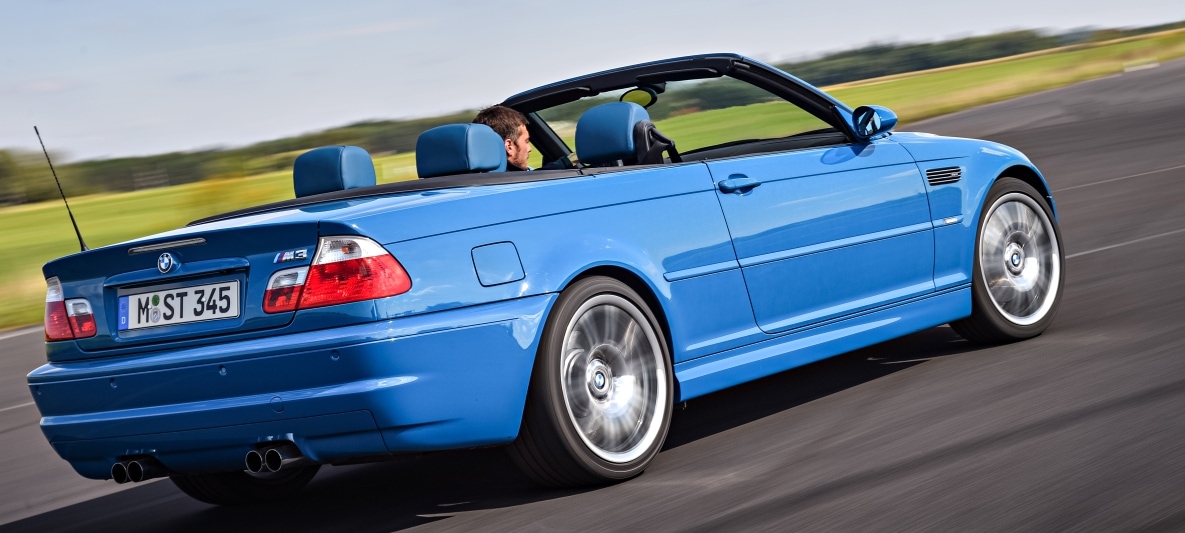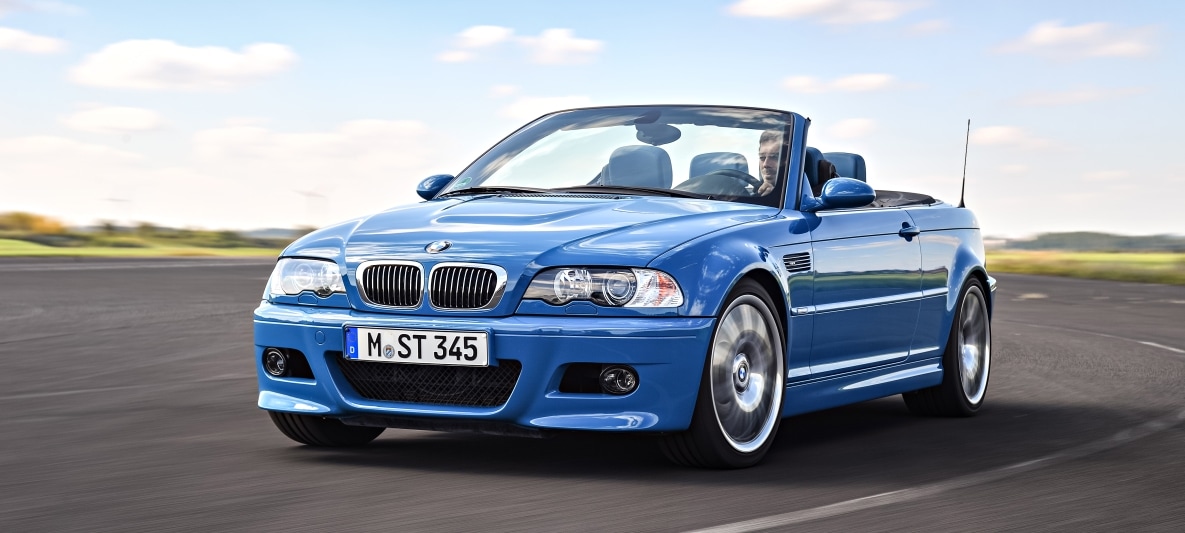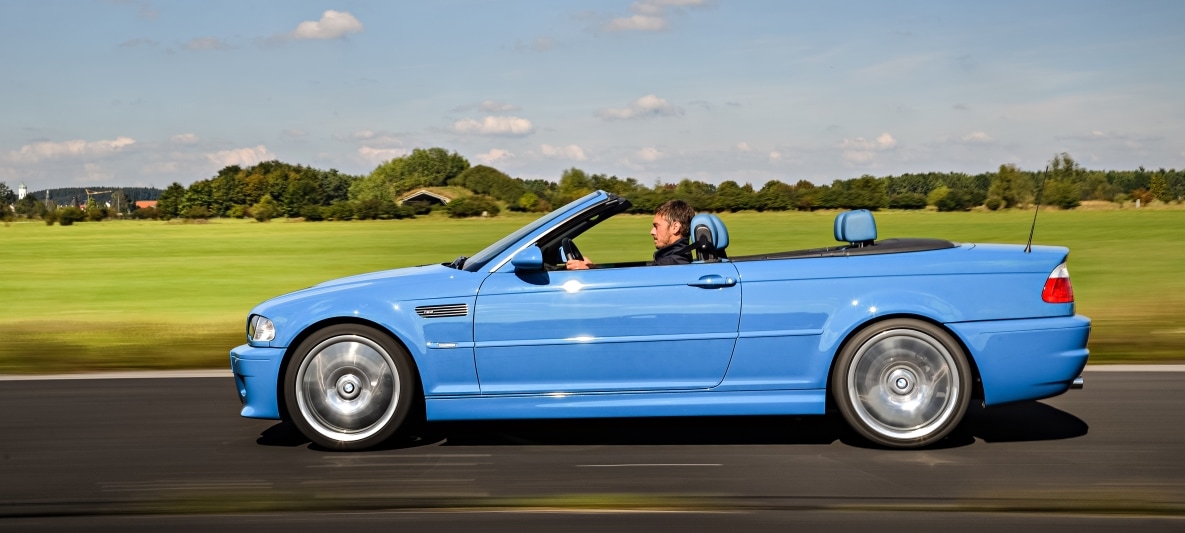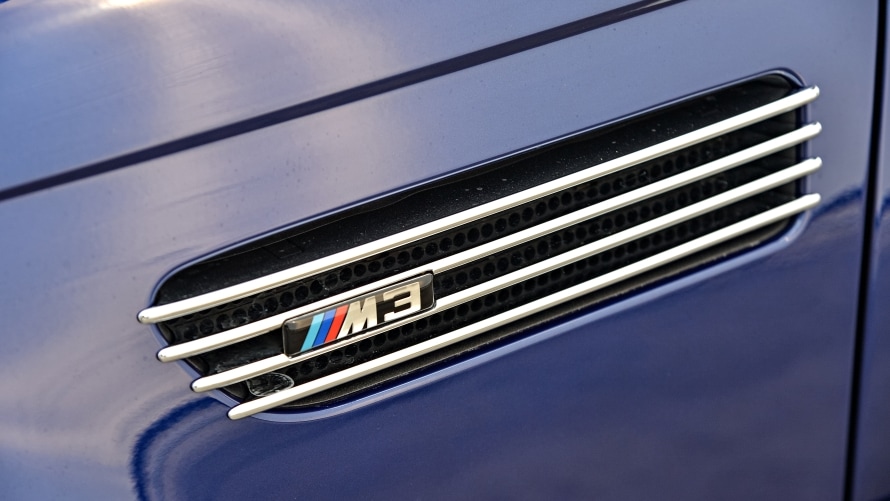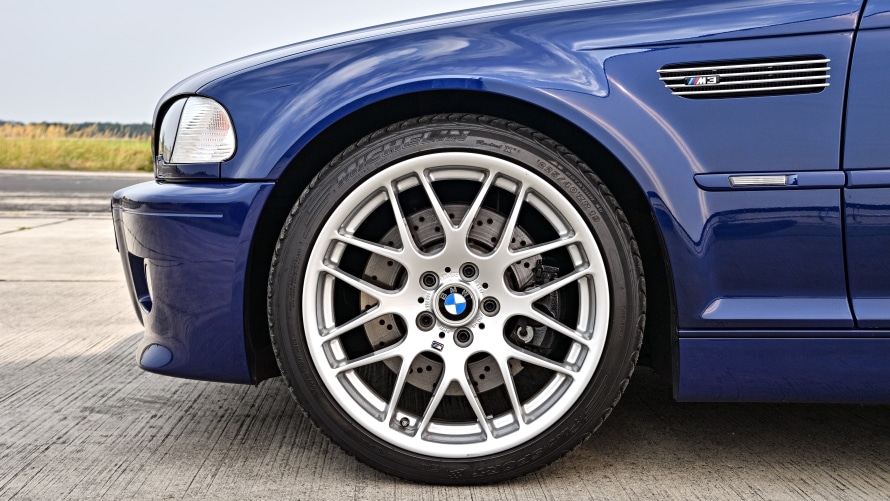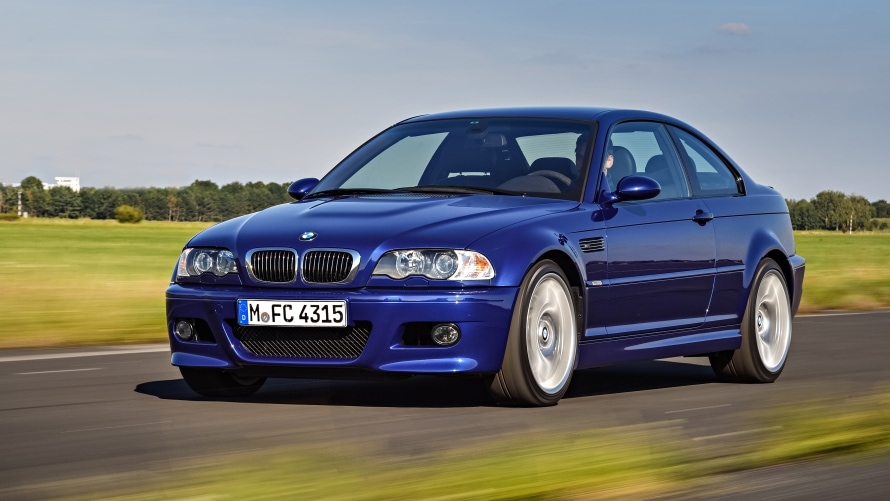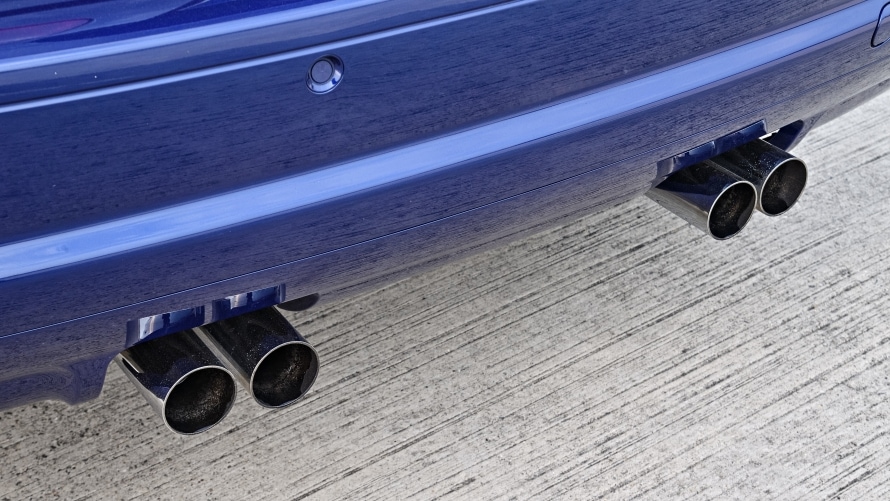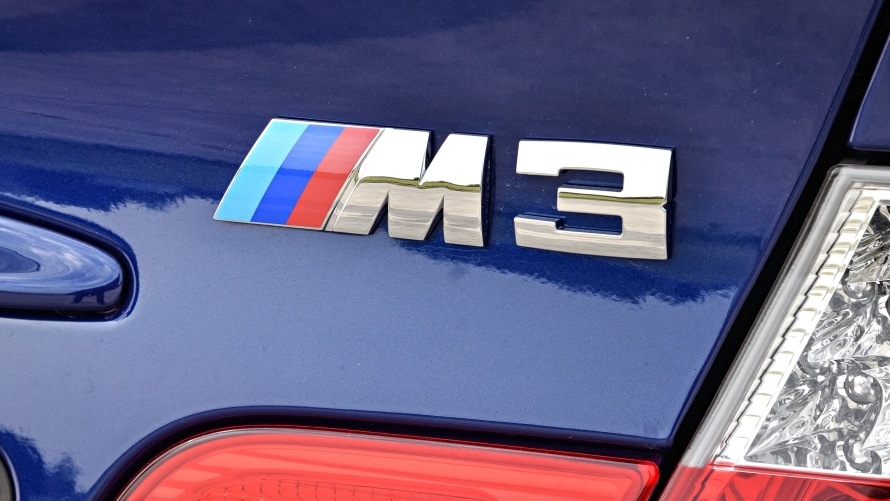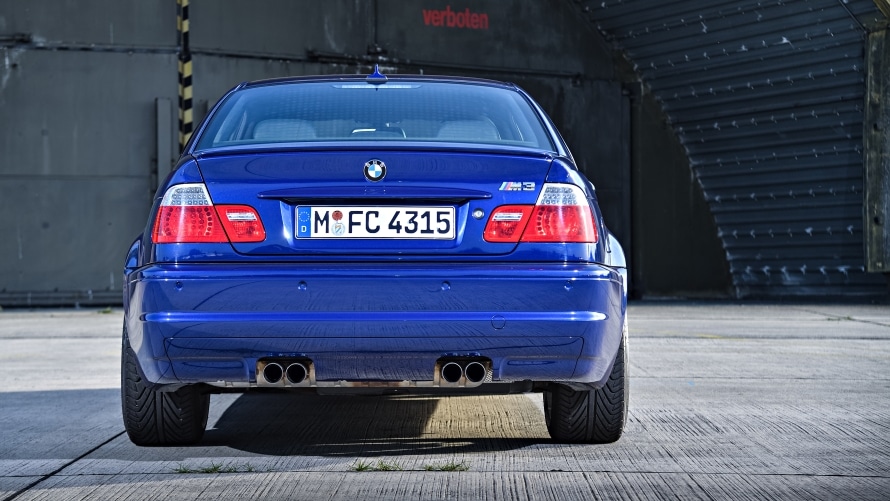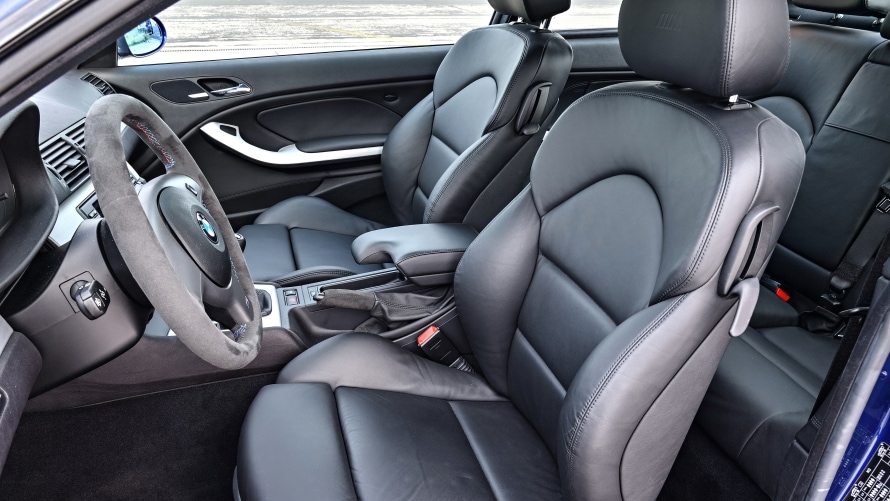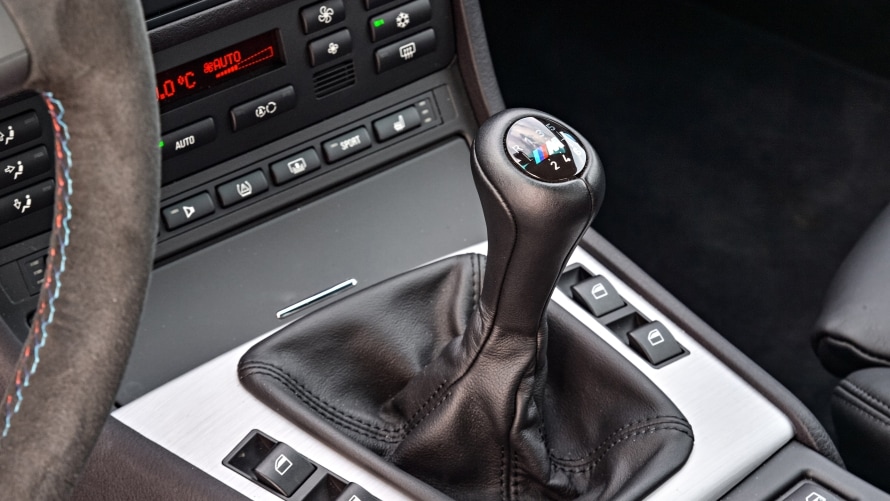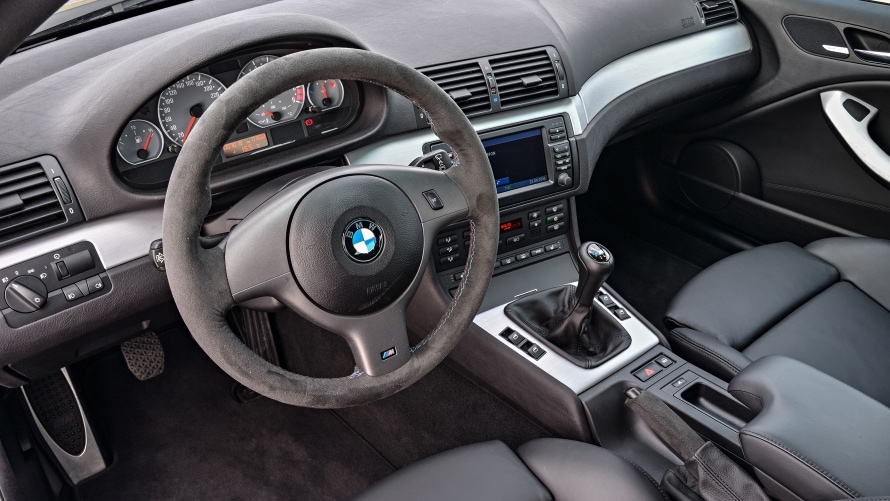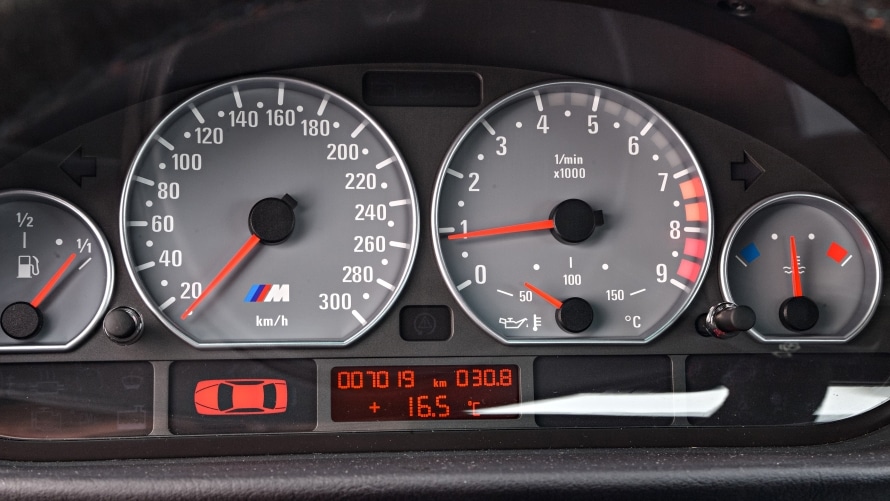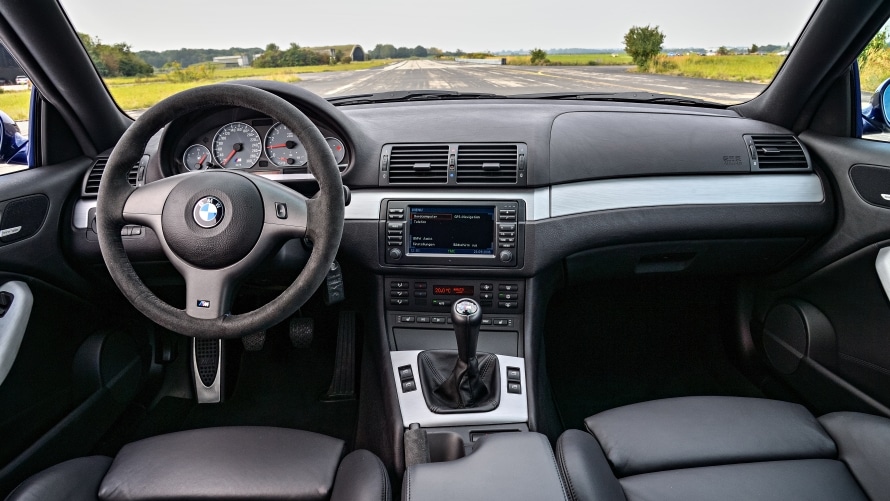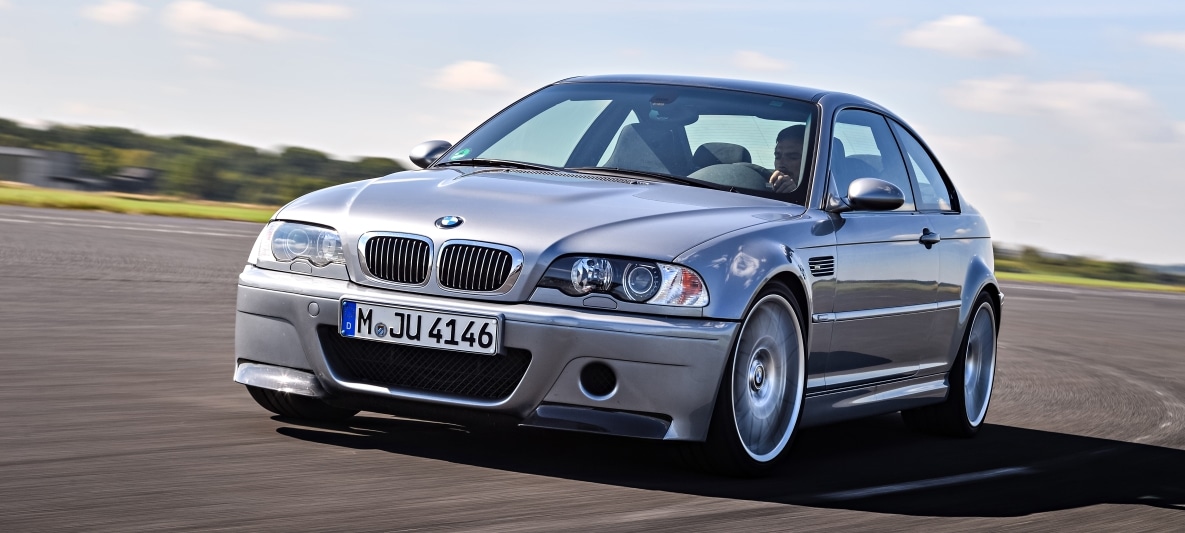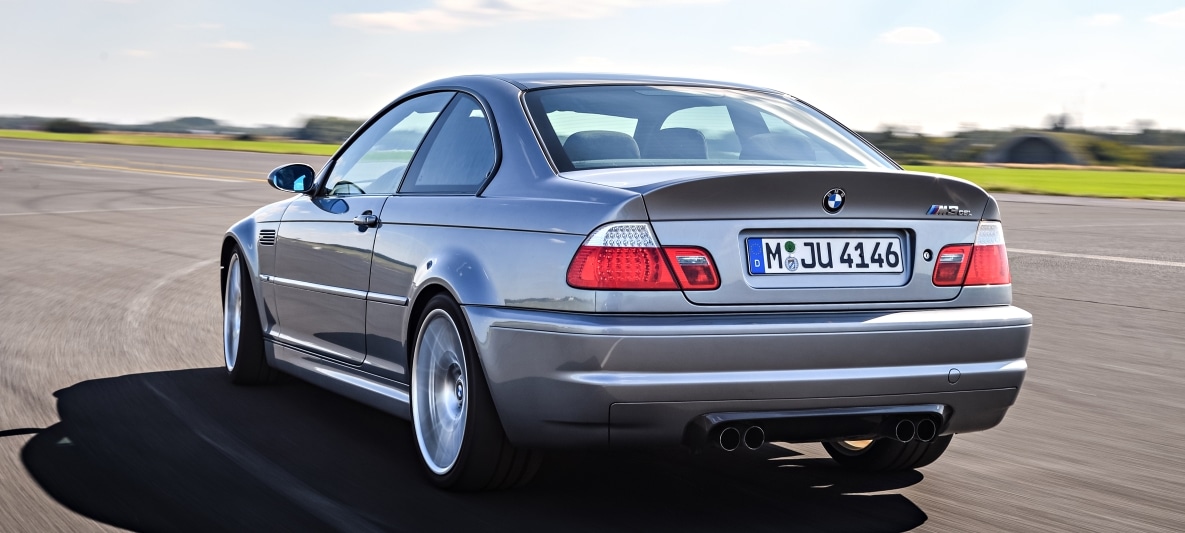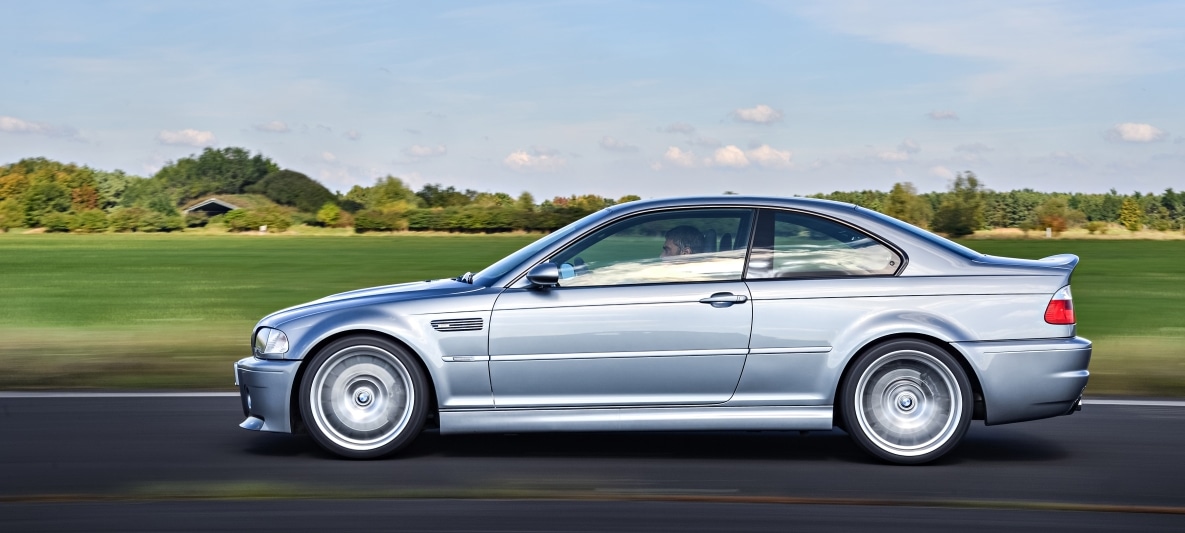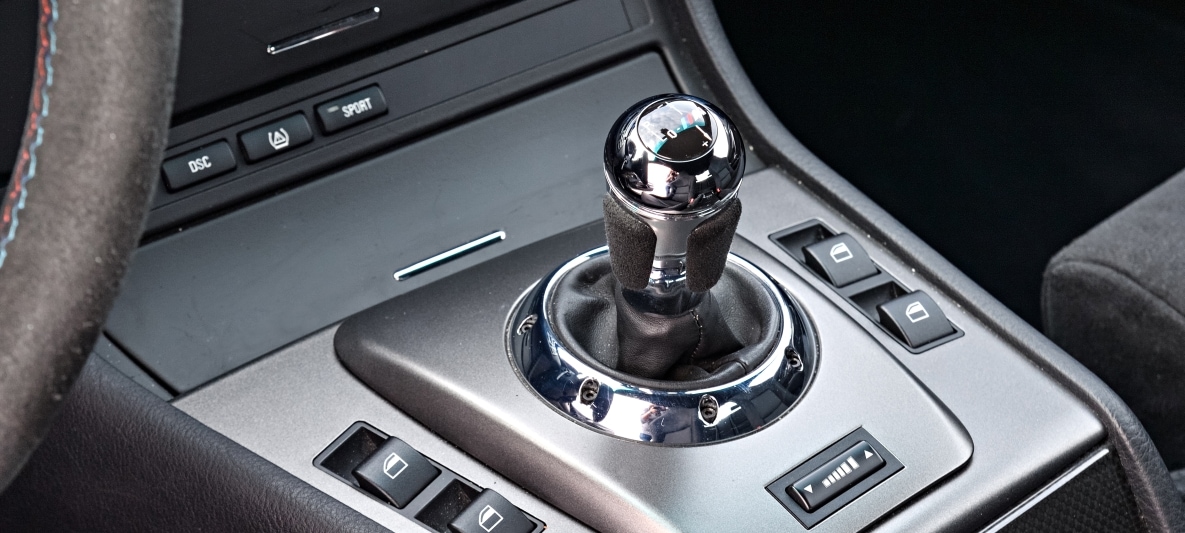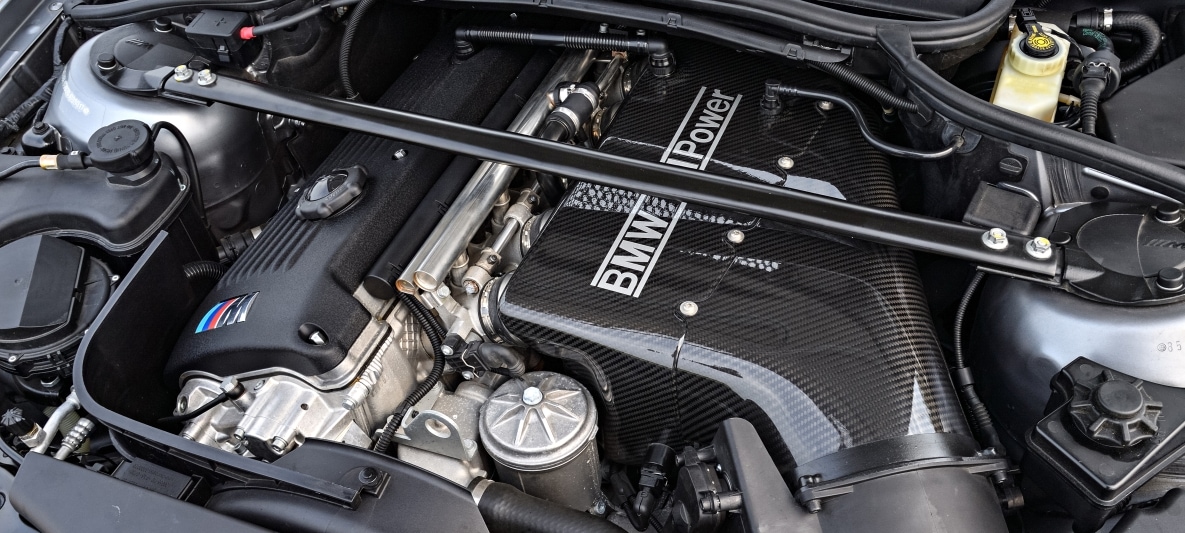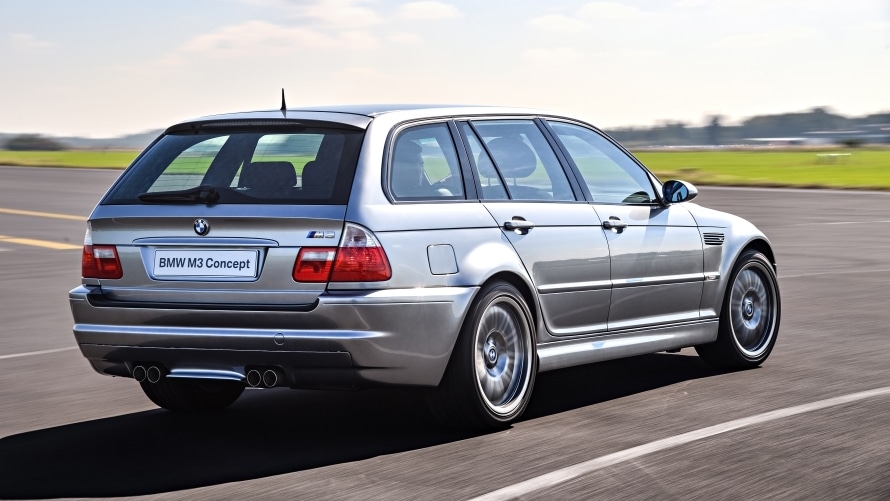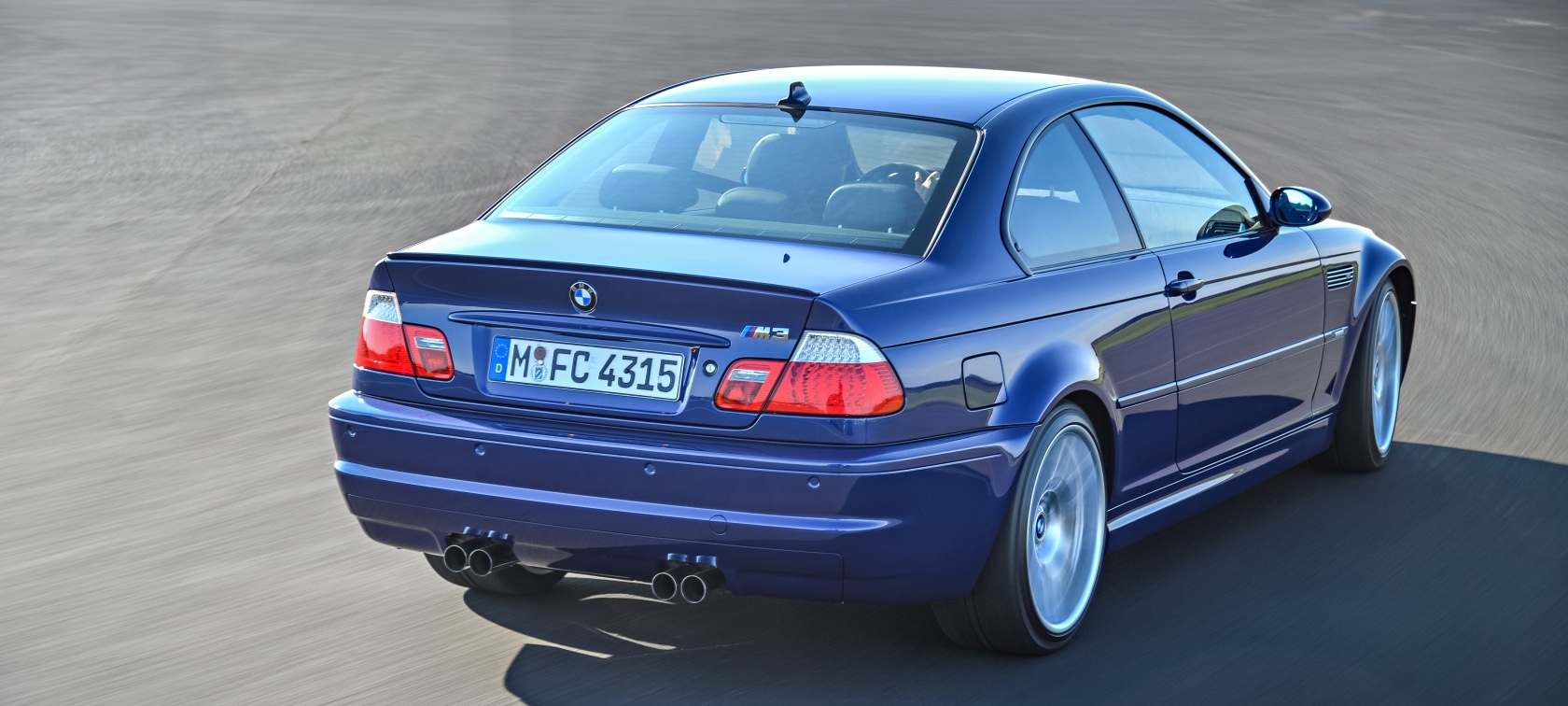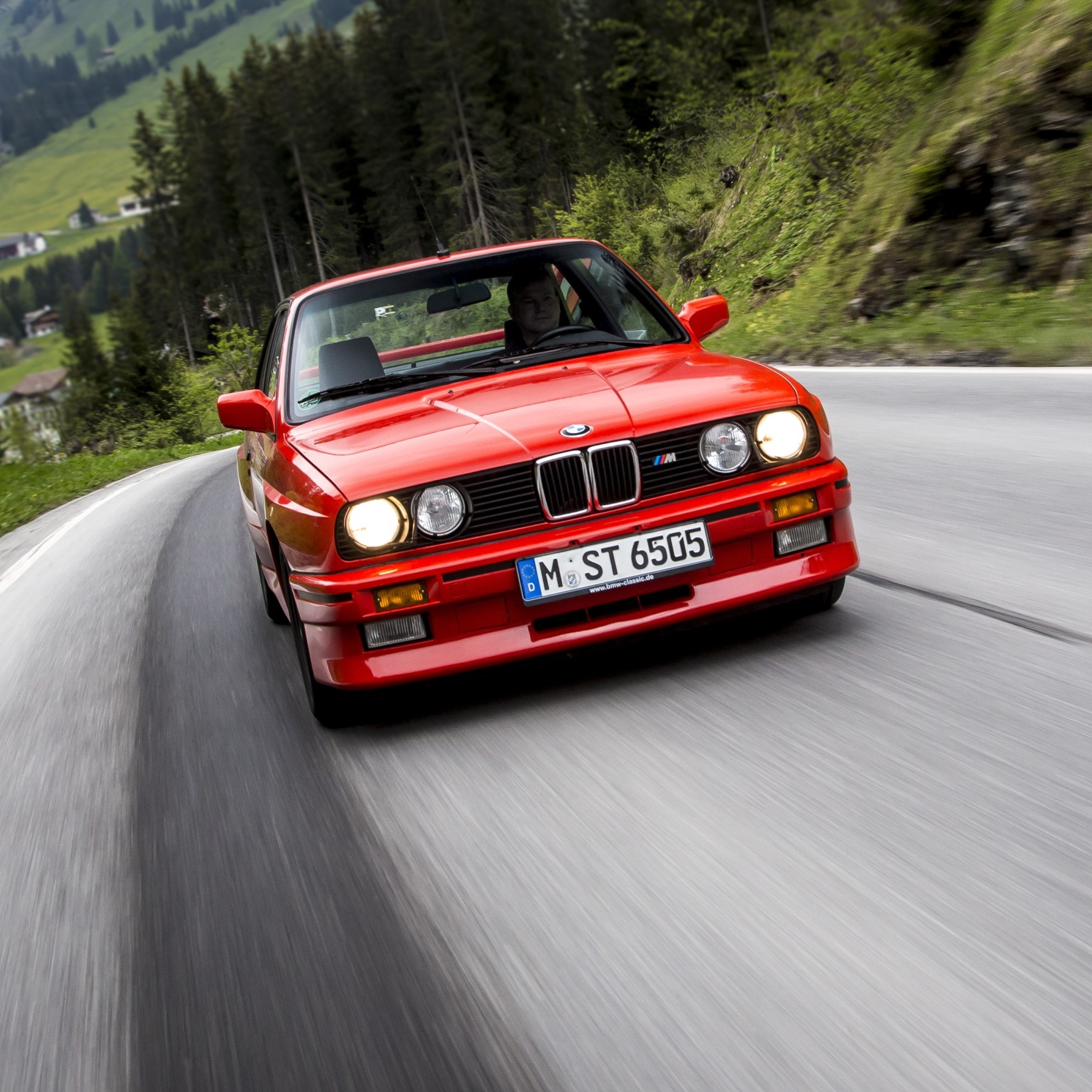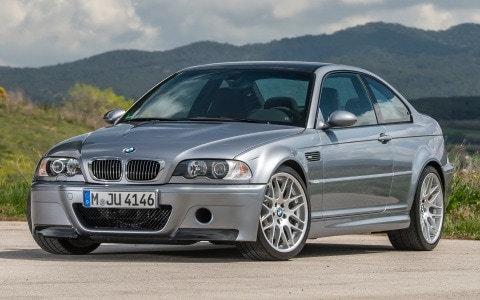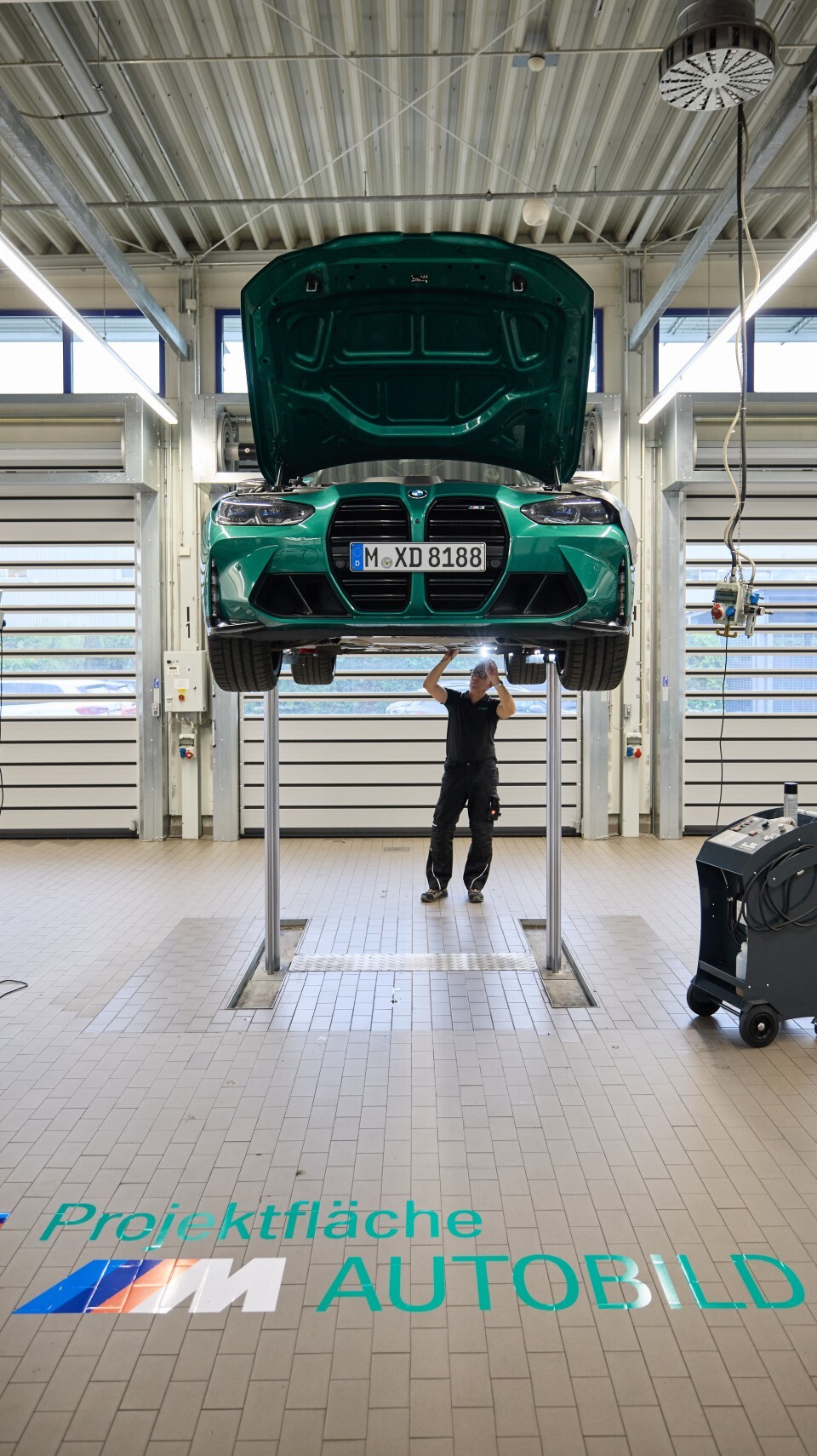Shortly after the turn of the millennium, a third generation BMW M3 entered the automotive world: the BMW M3 E46. What followed was the continuation of an unprecedented success story that started in 1986 with the purist M3 E30 and was reinforced in 1992 by the progressive M3 E36. M3 enthusiasts associate three characteristics with the E46 factory code: pure driving pleasure, beguiling sound and a legendary special model.

AN M3 FOR THE MILLENNIUM.
The BMW M3 E46 Coupé took the hearts of real sports car fans by storm when it launched in 2000. With a low weight construction and the high-rev concept of its inline 6-cylinder engine, for many it embodied a return to the virtues of the iconic BMW M3 E30. The following year, a convertible followed, combining a sporty experience and the luxury of open-top driving in an unprecedented way.
5 POWERFUL FACTS:
- Third generation of the BMW M3
- Production period: 2000 to 2006
- In-line 6-cylinder engine with high speed concept
- Max. output: 343 - 360 hp
- Option for automated manual transmission (SMG)
TIMELESS DESIGN, POWERFUL PROPORTIONS.
An M automobile never lacks for clear distinguishing features. As with the iconic M3 E30, the M3 E46 is immediately recognisable as the premium model in its series thanks to numerous details. In particular, aesthetic changes such as widened fenders, special side skirts and the modified front apron catch the eye of every observer. These changes also serve an important purpose, mostly in terms of aerodynamics. This also applies to the so-called Gurney flap at the rear: the small spoiler lip noticeably reduces lift and thus improves to traction – crucial in faster corners.
From a side profile, the E46 M3‘s chrome-plated gills in the upper part of the front fender are a standout feature. These were originally designed as an air duct for cooling the engine. During testing, however, it turned out that the ducts were not necessary. Nevertheless, they remained – and became such an iconic highlight that their appeal extended beyond just fans of BMW M. Not to be missed are the special side mirrors, which are aerodynamically-shaped to cut through the air. The so-called powerdome, the clearly recognizable curvature of the bonnet, created space for the engine’s powerful intake system. The design of the hood left no doubt that there was a real powerhouse hidden under it.

85,000 is the number of BMW M3 E46s sold during its production run from 2000 and 2006 – the most successful BMW M high-performance model to date.
FACELIFT IN 2003.

FACELIFT IN 2003.
Just like the conventional E46, the M3 also underwent a model upgrade in 2003. In view of the extraordinarily positive response to the previous model, BMW M proceeded very cautiously. Only minor changes, such as the rear lights gaving way to a more modern version with LEDs, were made.
PURE EMOTION.

PURE EMOTION.
Outstanding performance is provided by the typical BMW M Series 6-cylinder engine. The 3.2-litre S54B32 engine built on the legacy of its predecessor. Nevertheless, it was an almost entirely new development. It is regarded as the pioneer of BMW’s now well-established high-rev concept, where its only time for the next gear at just under 8,000 revolutions.
This emotional and racing-inspired combination helped the M3 to 343 hp peak power (252 kW) and 365 Nm torque – and at the same time to eight wins at the prestigious ‘Engine of the Year’ awards. A cornerstone of this successful concept: for optimum smoothness with maximum performance in various engine speed ranges, the engineers opted for a double-VANOS system. The striking front apron ensures that water and oil always remain in the right temperature window and that full engine power is available at all times. In addition, it enables the cooling of the car’s powerful brake system. With its generous openings, the apron also gives the M3 E46 an unmistakably bold visual character.
NO EXCUSES. MOVE FORWARDS. ALWAYS.
Buyers of the third generation M3 were able to choose between the 6-speed manual transmission and the 6-speed SMG (sequential manual transmission). The latter is an automated manual transmission, which the driver can operate using the paddle shifters on the steering wheel or the gear lever in the centre console. In contrast to the manual version, gear changes are always sequential and individual gears cannot be skipped.
FULL TRACTION WITH SENSITIVITY.
A limited slip differential on the drive axle was, of course, also standard from the start. The variable lock of the transfer case provides the car with a locking effect of up to 100 percent in different conditions for outstanding traction from the corners – and not least allows for spectacular drifts.
RACING FEELING IN EVERY CORNER.

RACING FEELING IN EVERY CORNER.
The striking widened fenders was initially intended to make room for the extra track width in conjunction with a larger contact area of the now wider tyres. The equally elaborate and powerful chassis further contributes to the performance of this high-performance athlete. All in all, these measures resulted in significantly higher cornering speeds than in the conventional BMW 3 Series E46.
CSL: three letters that give every M3 enthusiast goose bumps. The BMW M3 CSL is considered the icon and crowning achievement of the third M3 series. With it, in 2003, BMW M consistently achieved everything that the top echelons of the motorsport world had to offer and once again lifted the M3 to a new level. The engineers at BMW M helped do this by making the already well-honed production vehicle an impressive 110 kilos (1,385 kg) lighter.
LORD OF THE RING.
With lap times of well under eight minutes on the Nürburgring’s Nordschleife circuit, the BMW M3 CSL advanced into areas that were previously dominated by much more powerful vehicles in the early 2000s.

LEADING ON ROADS AND TRACKS.
The third generation BMW M3 achieved motorsport fame primarily through the legendary BMW M3 GTR Race. From the beginning, mighty fender extensions and a huge rear wing were the unmistakably distinguishing marks of this uncompromising vehicle. The thoroughbred racing car first caused a sensation in the American Le Mans Series (ALMS) 2001, securing BMW Motorsport titles in the driver, constructor and team championships. Later, it was able to prove itself at legendary events such as the traditional 24-hour races of the Nürburgring and Spa-Francochamps – and picked up where it left off at the end of 2001. Two double victories in 2004 and 2005 at the Nürburgring Classic were proof of this.


V8-POWER.

V8-POWER.
For the 2001 season, the regulations for the GT class of the American Le Mans Series required manufacturers to have a freely available and fully road-legal counterpart. BMW M followed suit and produced a small series of ten BMW M3 GTR Street cars. This version was almost as ferocious as its track-going sibling. The 4.0-litre V8 with a 90-degree cylinder bank angle largely matched the P60B40 engine of the racing version, which had a power output of well over 450 hp. In spite of the strict framework conditions for noise and exhaust emissions, the V8 still delivered more than 350 hp in the street-legal version. In fact, even the smallest detail showed that the extremely limited edition M3 GTR remained as close as possible to the racing car’s dynamics. That included the removal of comfort equipment, while the roof, front and rear aprons as well as the mighty rear wing were made of carbon fibre reinforced plastic, just as in the circuit model. Only then was the impressive curb weight of just 1,350 kg possible.

